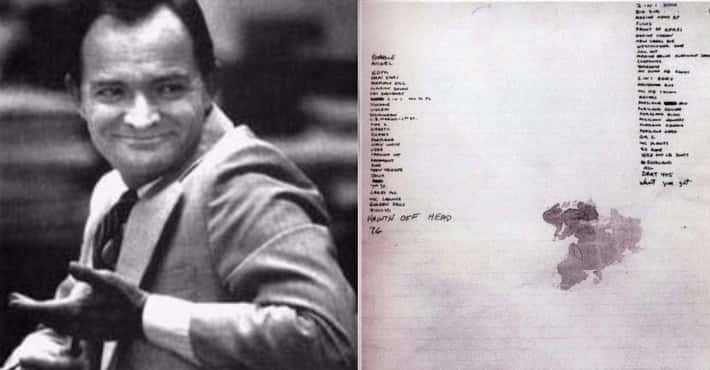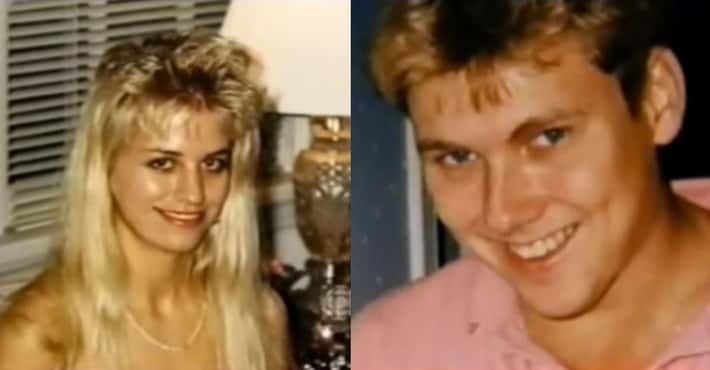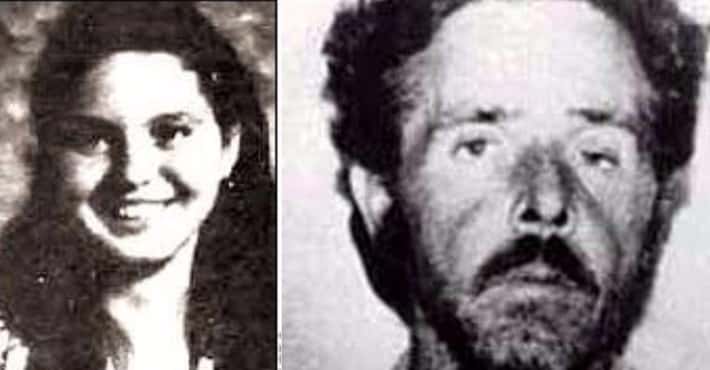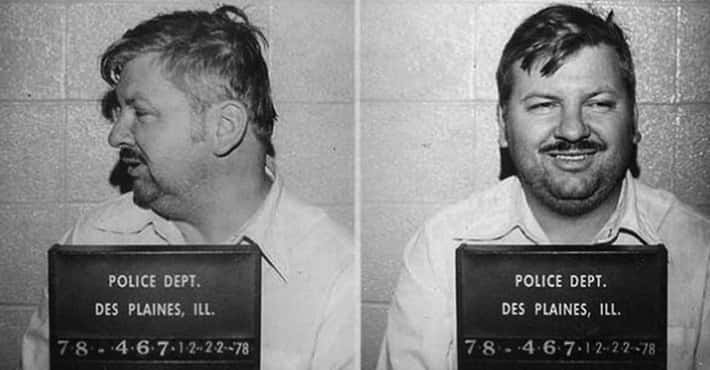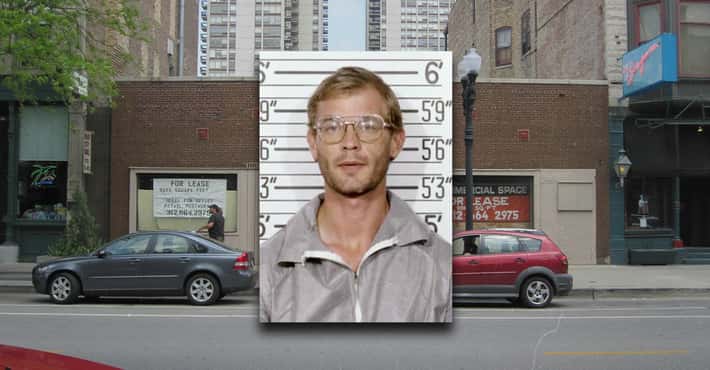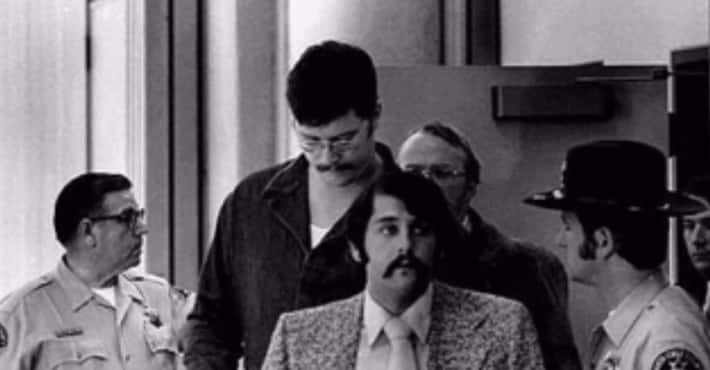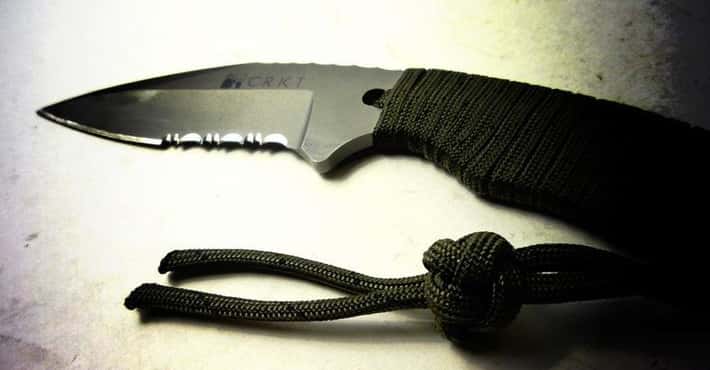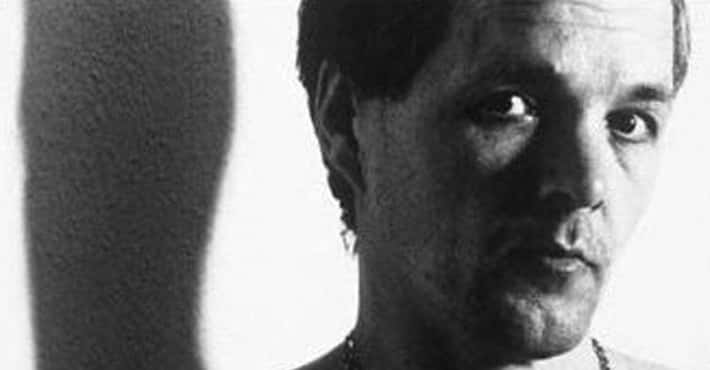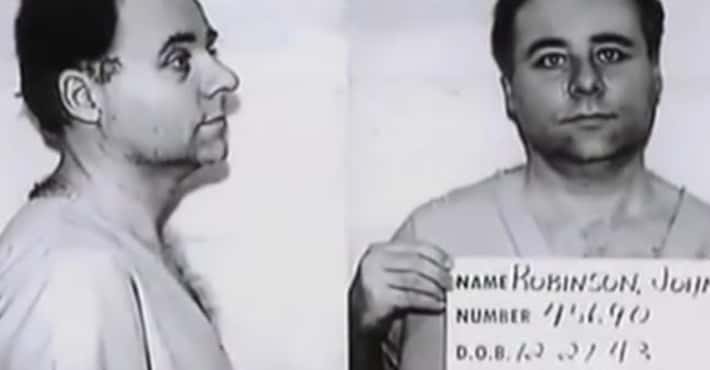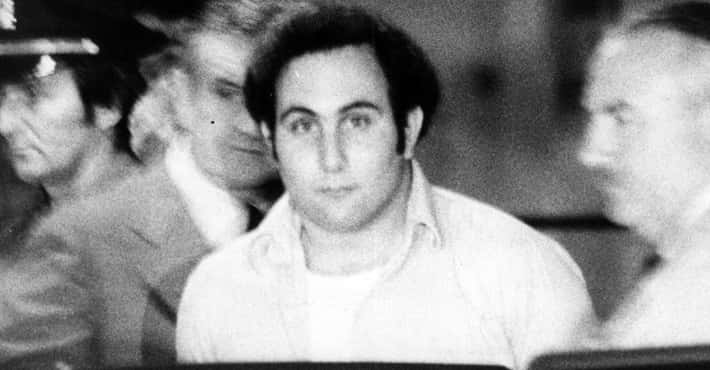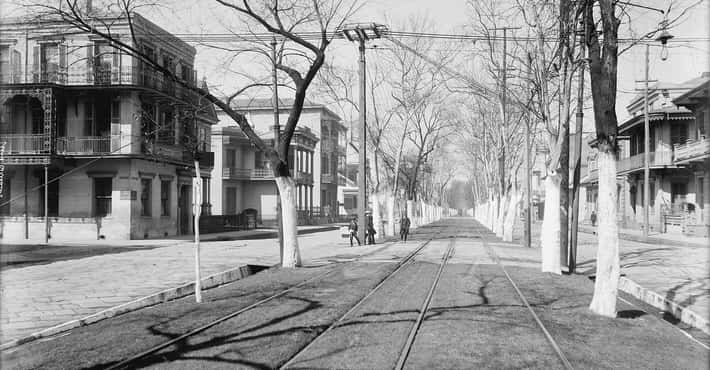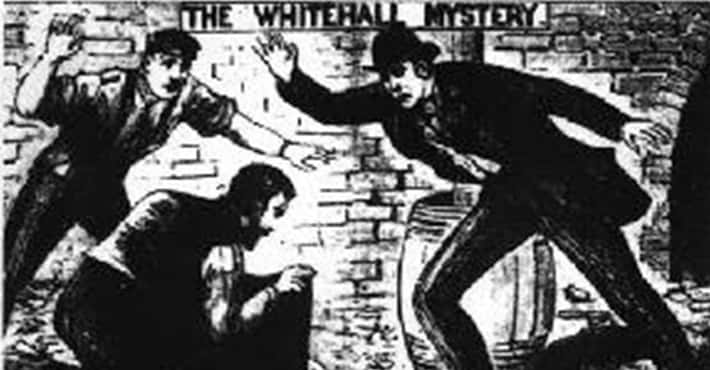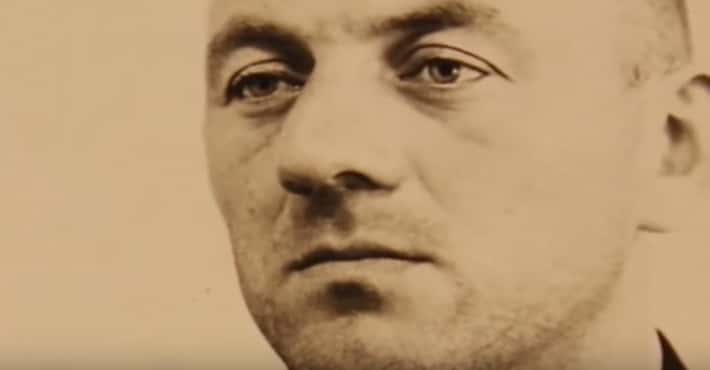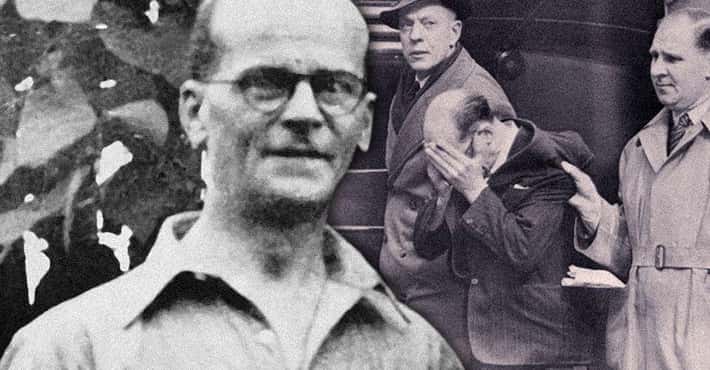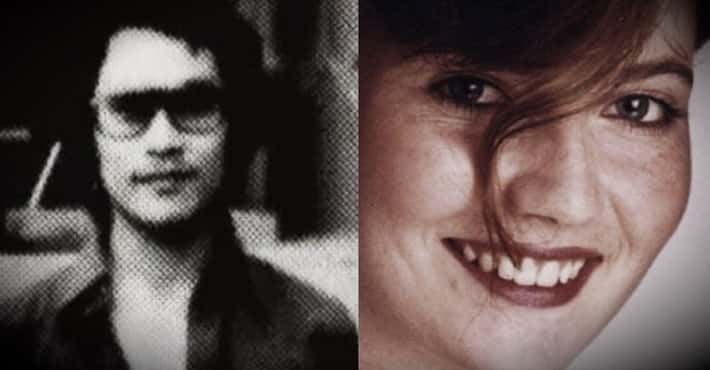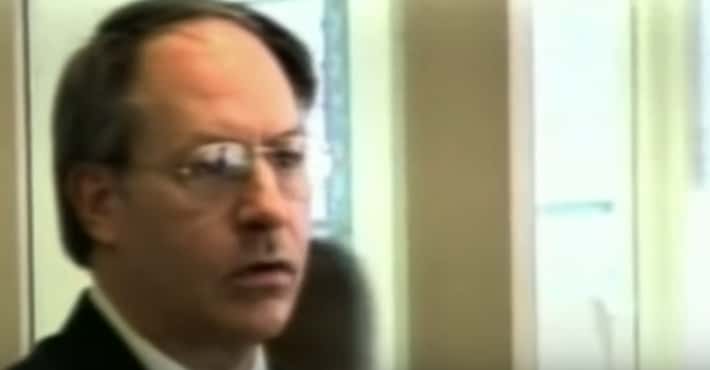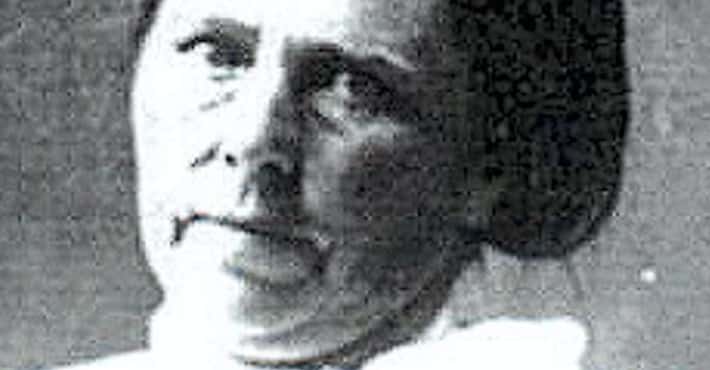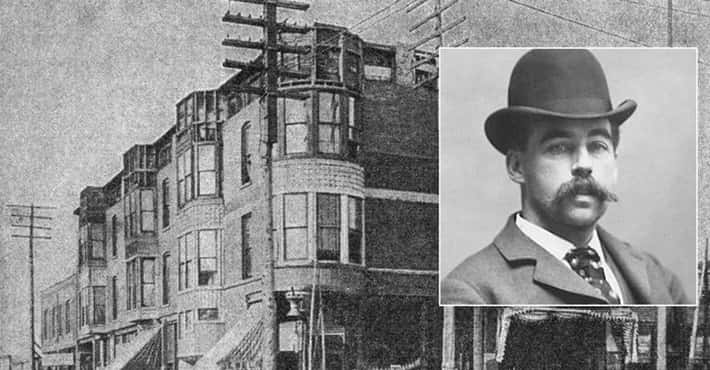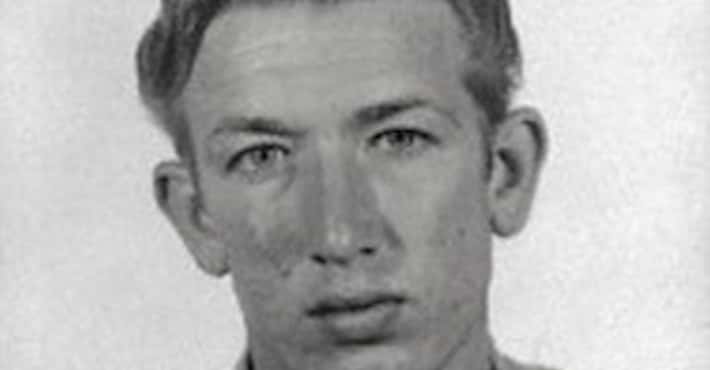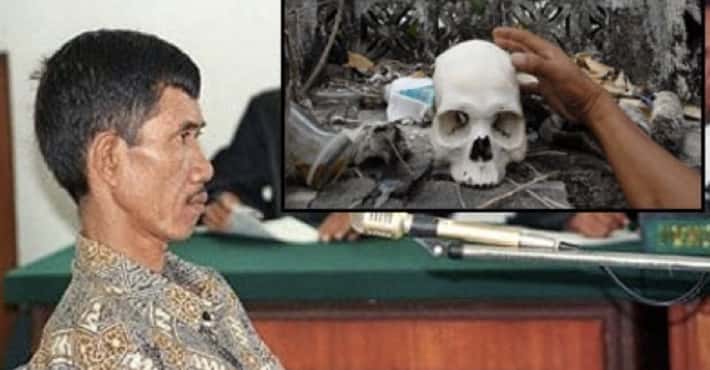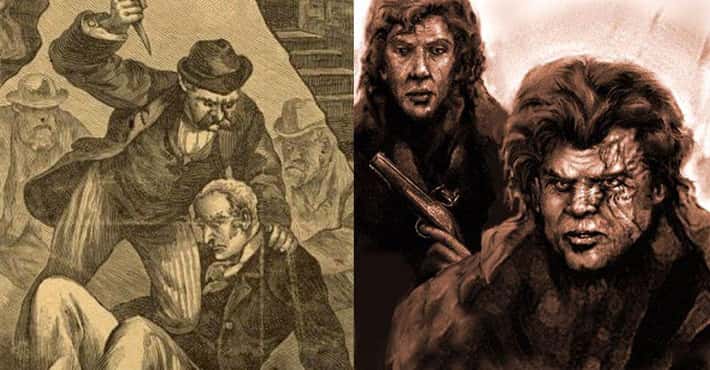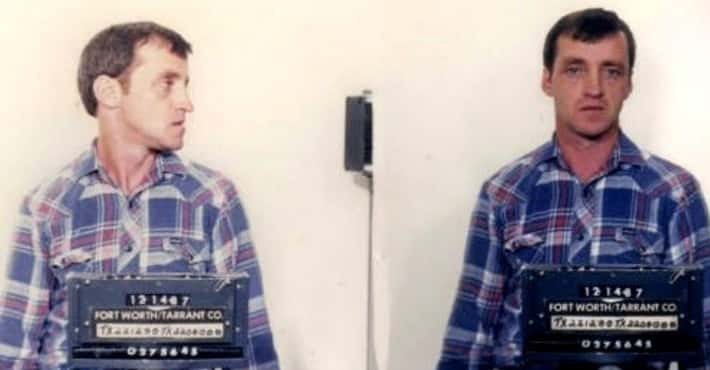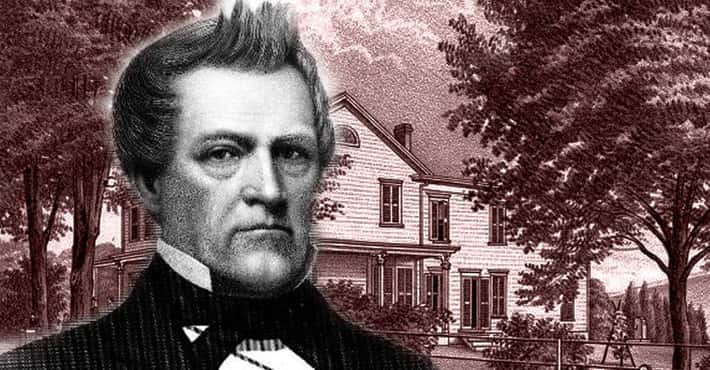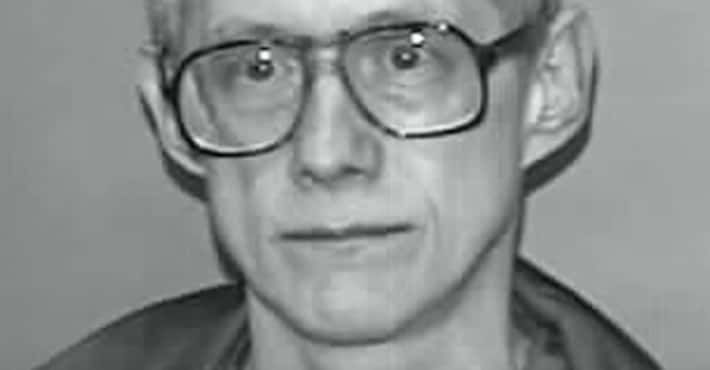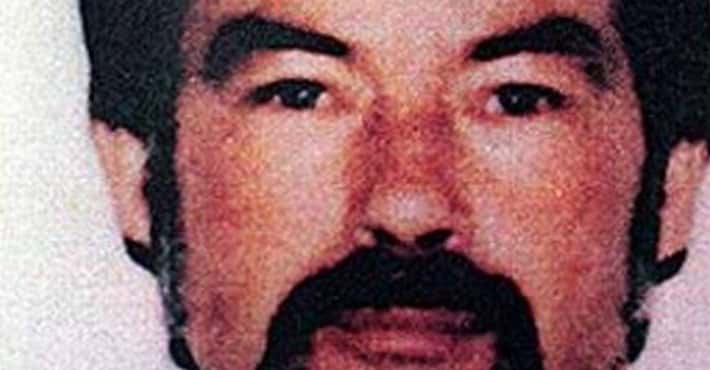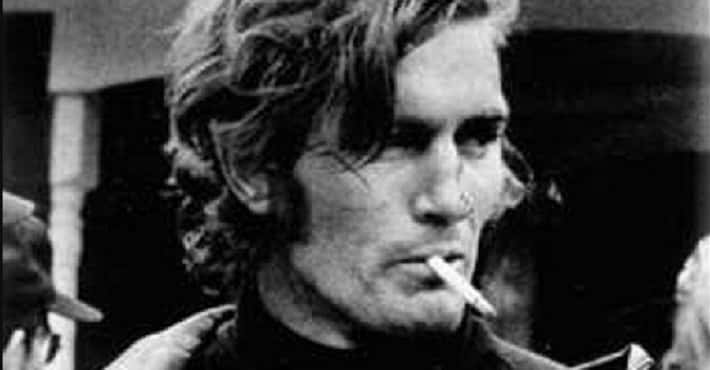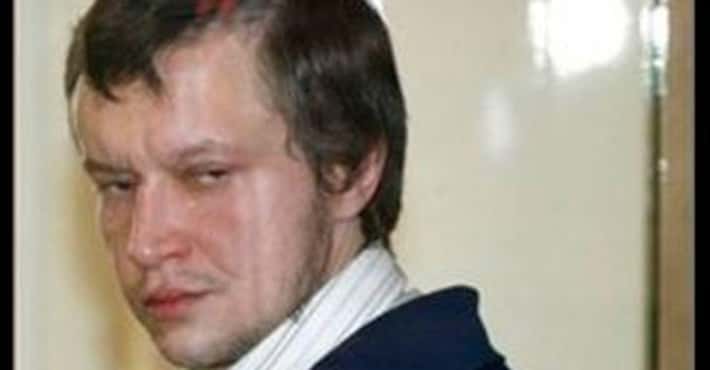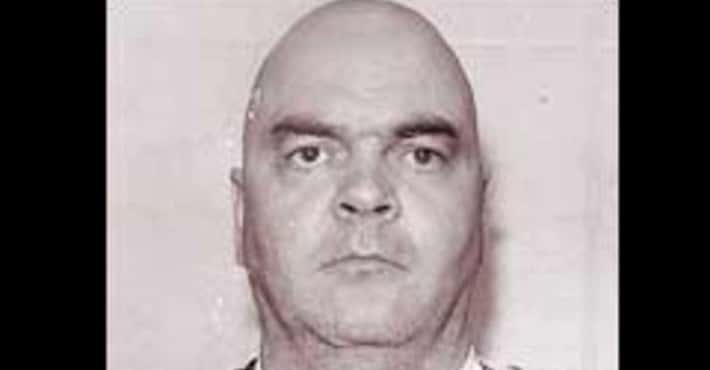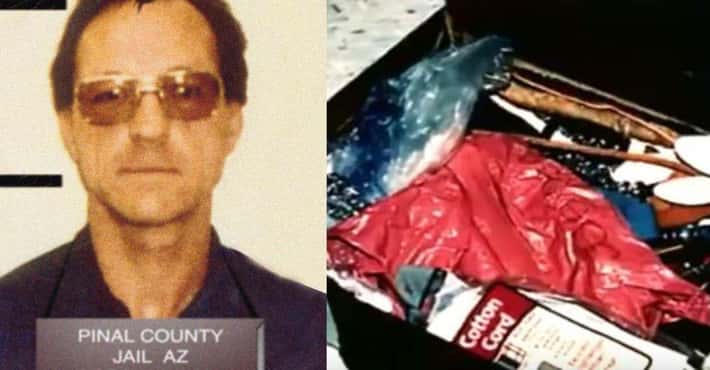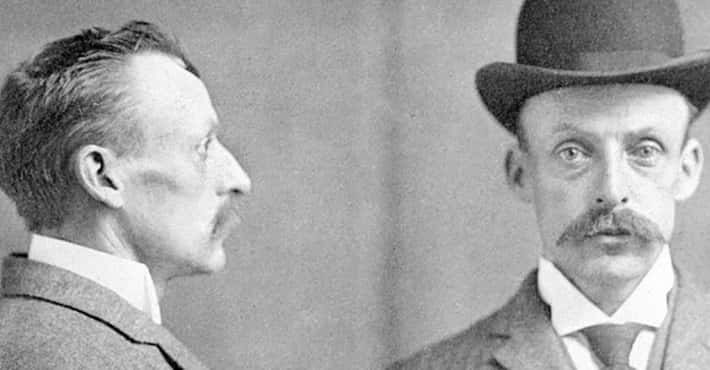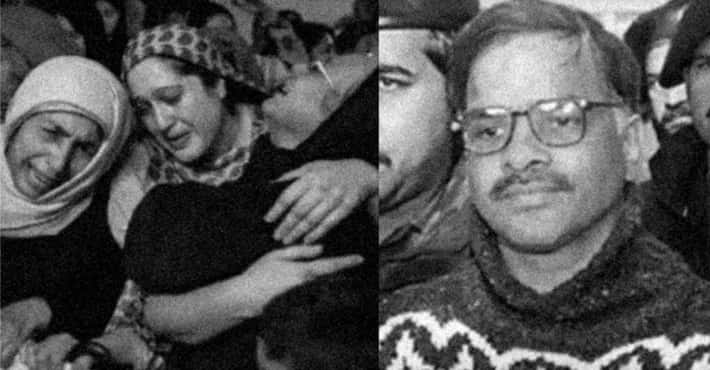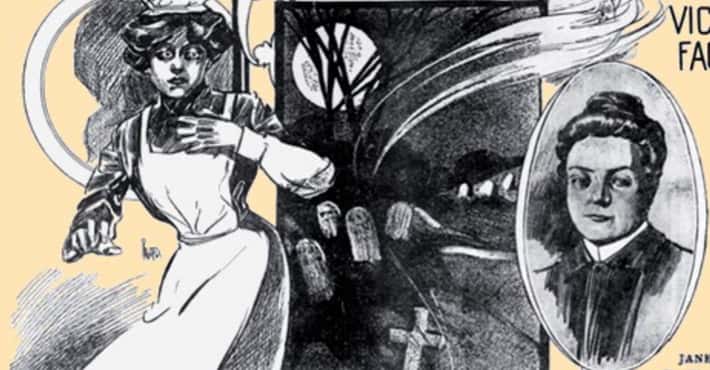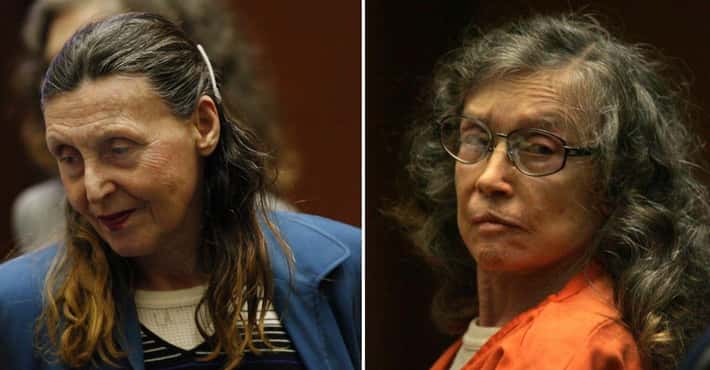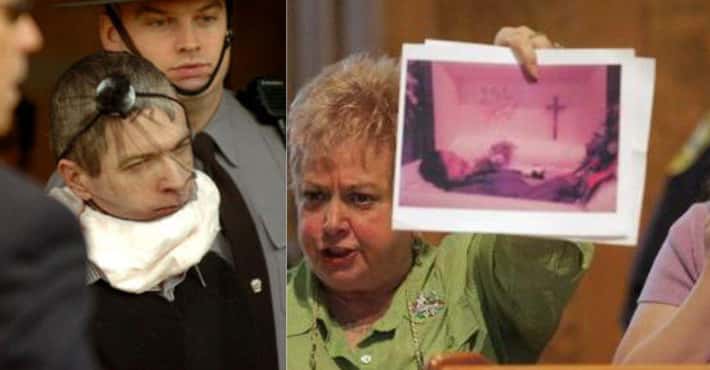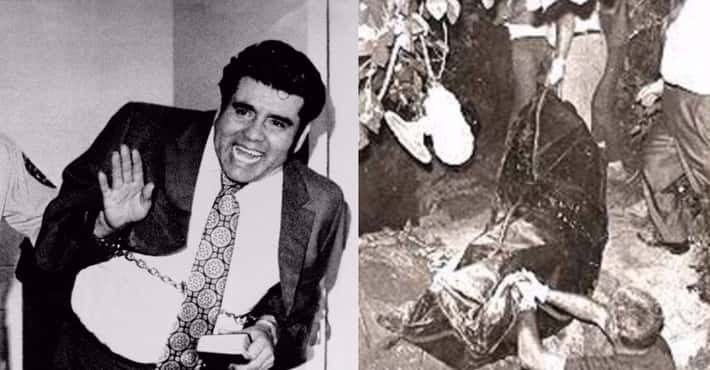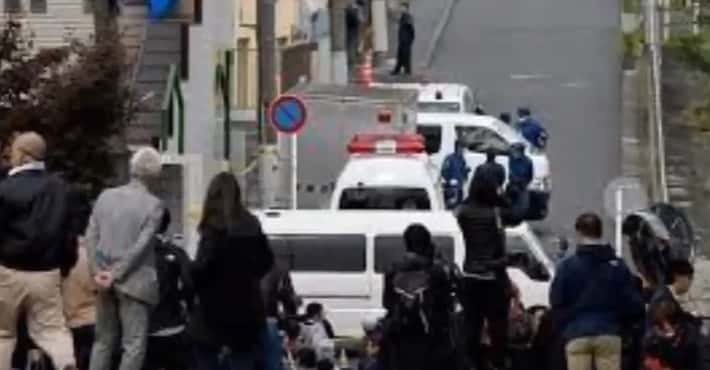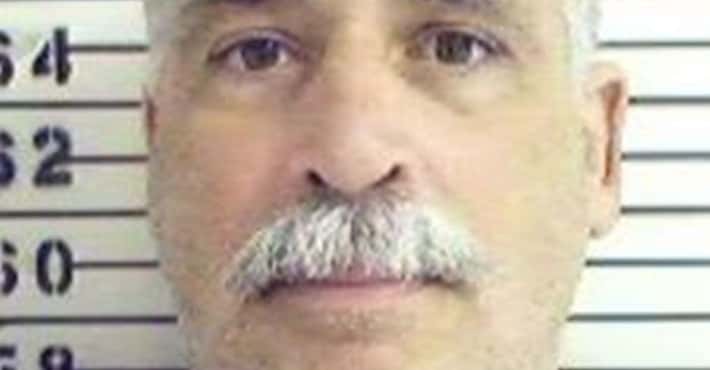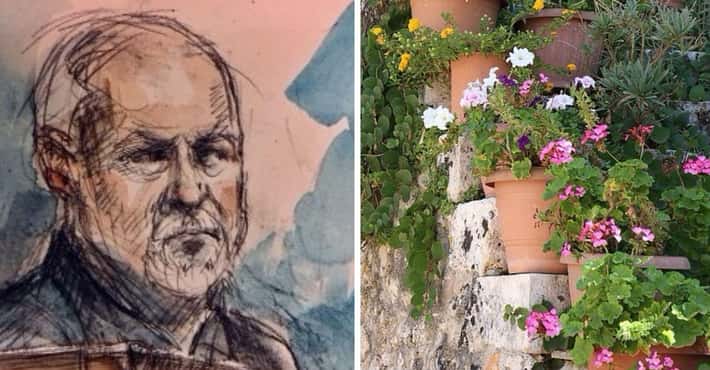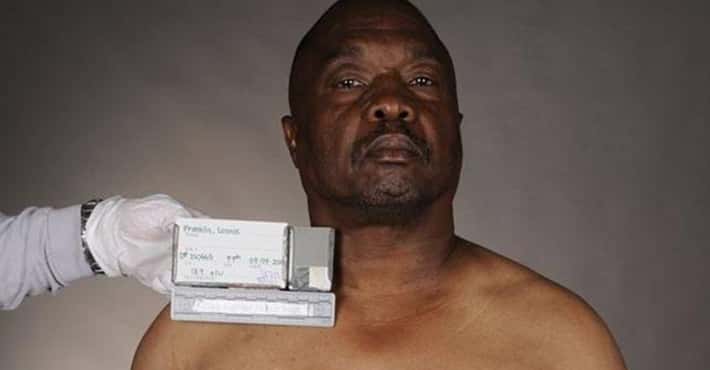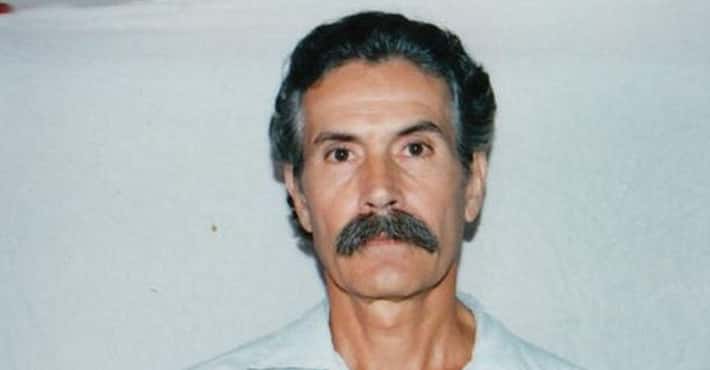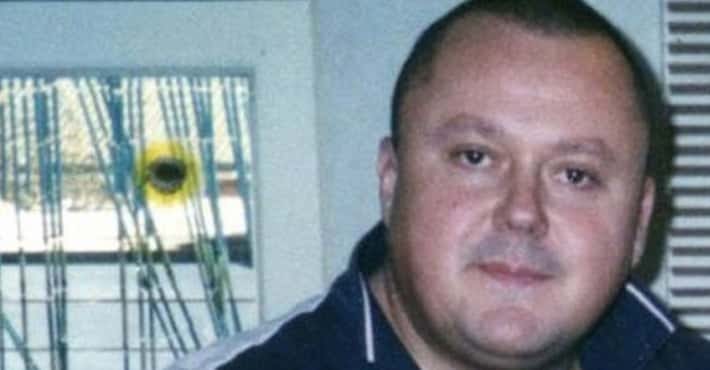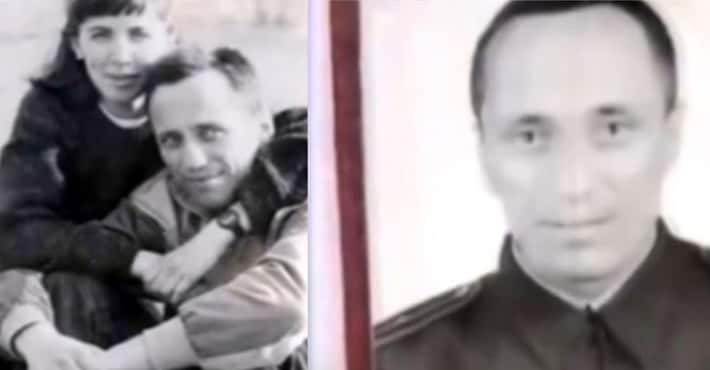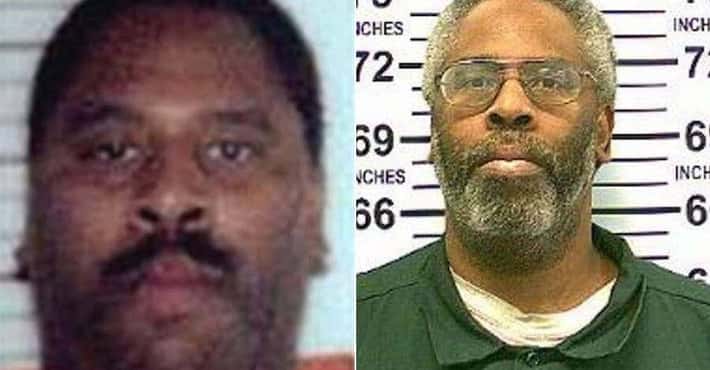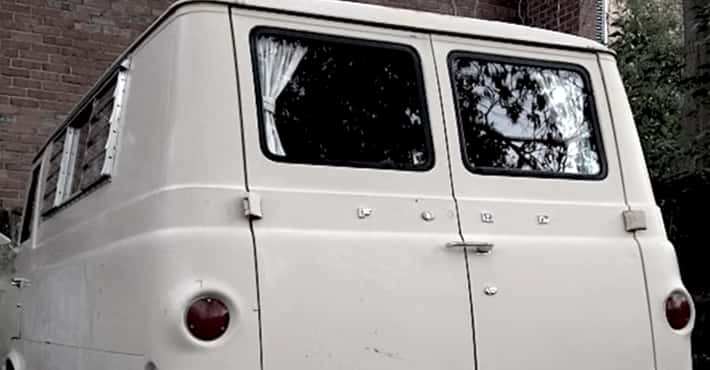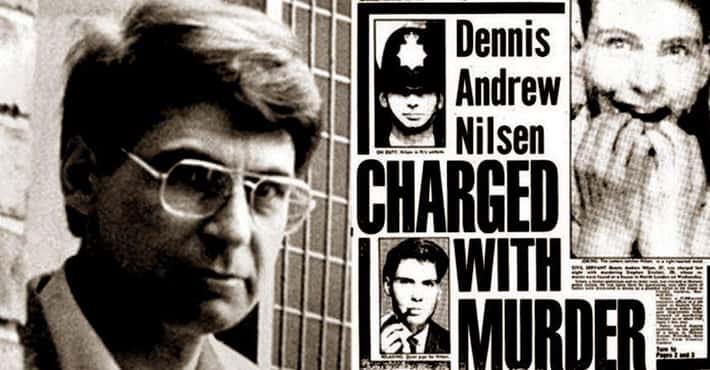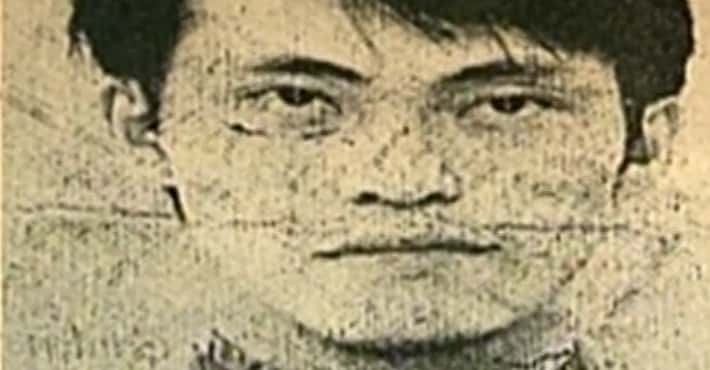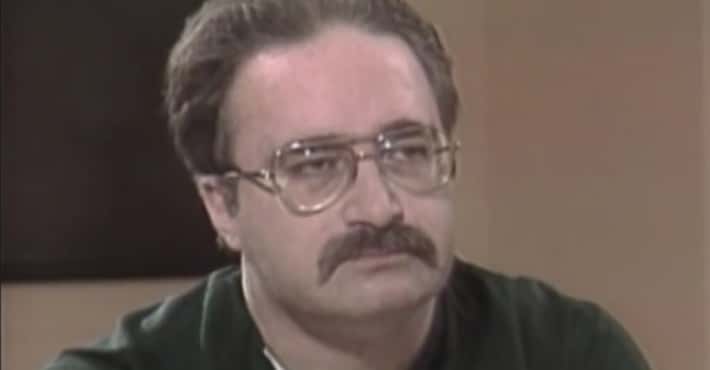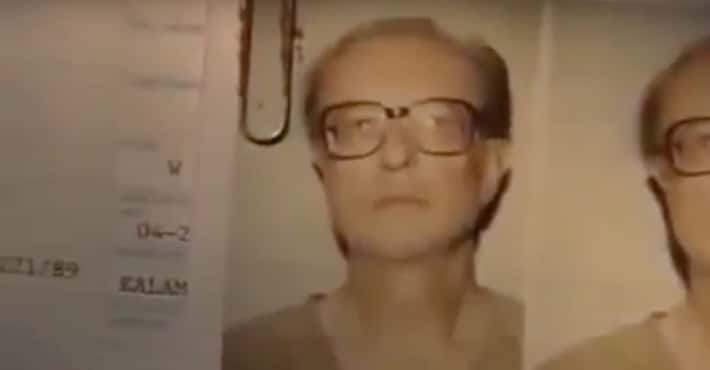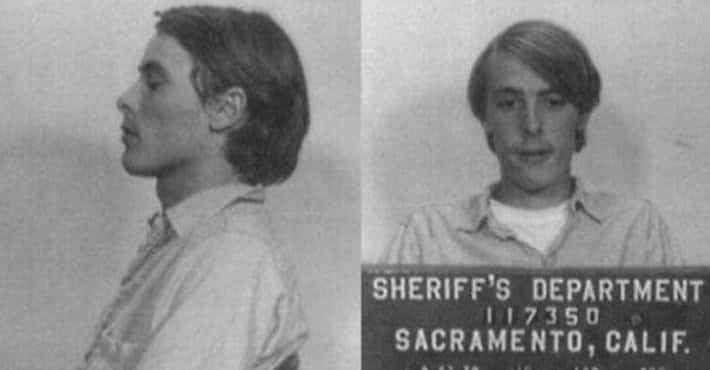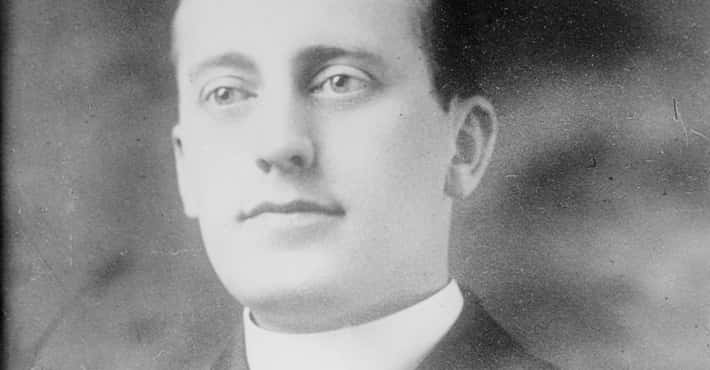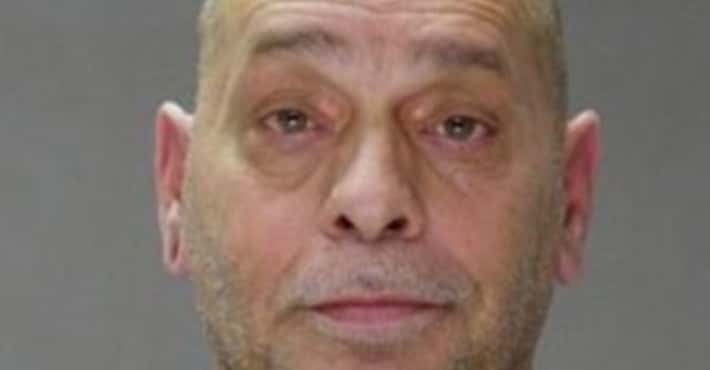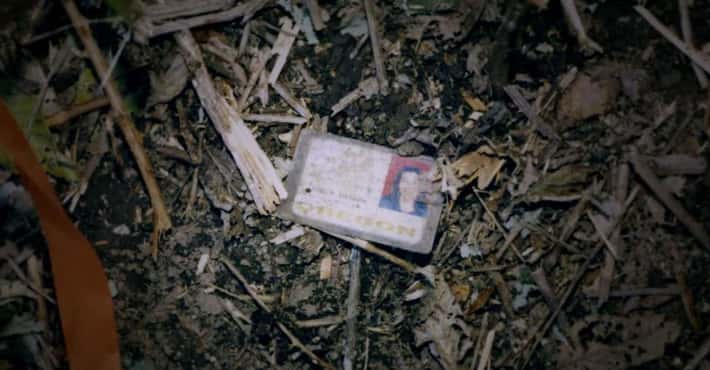In 1986, Gary M. Heidnik held six African-American women in the basement of his West Philadelphia home. Heidnik was responsible for taking the lives of two women - Sandra Lindsay and Deborah Dudley. Heidnik also starved the women and forced them to engage in intimate acts. His acts later provided the inspiration for the character "Buffalo Bill" in Thomas Harris’s 1988 psychological thriller The Silence of the Lambs. In 1991, filmmakers adapted the novel into a drama of the same title.
In 1988, Pennsylvania courts convicted Gary M. Heidnik on two counts of murder and gave him the death penalty. In July 1999, over a decade later, he received the lethal injection.
He Confined Six Women In His Basement
Gary Heidnik chained six Black women to pipes at the bottom of a hole he dug into the soil beneath his Philadelphia house. In 1986, Heidnik took his first victim, a known prostitute named Josefina Rivera, who later helped him obtain several others. His second victim was a mentally disabled woman named Sandra Lindsay. His third, Lisa Thomas, was a 19-year-old single mother.
In 1987, Heidnik confined three more women: Deborah Dudley, Jacqueline Askins, also a known sex worker, and Agnes Adams. Reportedly, Heidnik intended on starting a “baby farm” with the women, whom he planned to impregnate.
He Inspired 'The Silence Of The Lambs' Character 'Buffalo Bill'

Philadelphia police arrested Heidnik on March 24, 1987, when one of his victims, Josefina Rivera, convinced him to let her go and visit her family. Reportedly, Rivera led Heidnik to believe she was “on his side.” When he released her, believing she would return, Rivera left and called 911. As a result, she saved the lives of Thomas, Askins, and Adams.
In 1988, Thomas Harris published the psychological thriller The Silence of the Lambs, after police apprehended Heidnik. Three years later, filmmakers adapted the novel into an award-winning movie starring Anthony Hopkins and Jodie Foster. The basement pit where Heidnik kept his victims inspired the movie version where Buffalo Bill held the senator's daughter in a basement well.
He Fed Lindsay To His Captives
Heidnik claimed Sandra Lindsay’s homicide was an accident. Reportedly, she upset him because she wasn't eating the bread he had given her fast enough, so he suspended her from his basement ceiling by her arms. He later alleged not realizing she slowly suffocated.
Heidnik took her body upstairs and dismantled it with a chainsaw before grinding her remains. Rivera, whom he trusted enough to let wander throughout the house, remembered going upstairs and seeing a head floating in a boiling pot of water on the stove. Heidnik claimed he cooked her body and mixed it with dog food, before forcibly feeding the concoction to his victims.
He Subjected His Victims To Electric Shocks
Heidnik, a serial rapist, kept his captives confined in chains. The chains were either attached to the basement pipes or loosened when he put the women into his self-made basement hole. Their wrist shackles were in place at all times. Heidnik subjected them to electric shocks. He used a loosened live wire, which he held against their chains, to send volts of electricity through his victims' bodies.
He also stuck screwdrivers into their ears as a form of punishment. To drown out their screams, Heidnik played loud music or turned the television volume up.
He Dumped Deborah Dudley's Body In The New Jersey Pine Barrens
Deborah Dudley died in Heidnik's basement on March 18, 1987. Heidnik forced her into the hole in his basement floor and added water. He then held a hot wire to the chains attached to her wrists, electrocuting her. She died instantly.
He made Rivera sign a document stating she helped kill Dudley and went with him when he hid Dudley's body in the New Jersey Pine Barrens. Askins, under the assigned name “Donna,” signed as a witness. Heidnik used the document to coerce Rivera into helping him, claiming he could then “trust” her. Police recovered Dudley’s body from the New Jersey forest after the surviving women provided information.
He Was Violent Toward His Wife As Well
Throughout their short marriage, Heidnik repeatedly beat his wife, Betty Disto. In 1985, Heidnik and Disto married. She claimed he forced her to watch while he had sex with other women, some of which were prostitutes. Betty also alleged Heidnik regularly beat her with his fists when she was pregnant with his child.
Disto, hesitant to leave her abusive husband because she had just arrived in the United States from the Philippines, turned to the Filipino community for support. Neighbors and friends convinced her to escape, and she divorced Heidnik in 1986.
Reportedly, she attempted to file charges against him for “indecent assault, spousal rape, assault, and involuntary deviant sexual intercourse,” but the judge dropped the case when Disto didn’t appear in court.
He Was Honorably Discharged From The US Army
After Heidnik dropped out of high school his freshman year, his father forced him to attend the Staunton Military Academy in Virginia. At 17, he left the academy due to “mental problems” and joined the US Army. He received medical training and a transfer to a post in Landstuhl, West Germany at the 46th Army Surgical Hospital.
In April 1962, he complained of severe headaches and other medical ailments. A medical evaluation reported Heidnik showed symptoms of “degenerative mental illness.” Military officials transferred him to an Army hospital in Philadelphia, Pennsylvania, where he received an honorable discharge.
He Was Diagnosed With Schizoid Personality Disorder
During his stint in the US Army, military psychiatrists diagnosed Heidnik with schizoid personality disorder. Several Army comrades, as well as Philadelphia prosecutors, maintained Heidnik “faked” mental illness to get out of service and secure a disability pension. Reportedly, Heidnik had an IQ of 148.
Multiple psychiatrists testified in 1991 - during an appeal his ex-wife filed on his behalf - that Heidnik suffered from schizophrenia. Forensic psychiatrists maintained Heidnik was under the “systematized delusion that God wanted him to produce a number of children.”
He Worked As A Psychiatric Nurse
After his discharge from the army, Heidnik took advantage of his medical training and began a career as a psychiatric nurse - despite his own diagnosis of schizoid personality disorder. Heidnik obtained his LPN (licensed practical nurse) status. He then started taking classes and working at the University of Pennsylvania’s hospital. The hospital later fired him due to his below average work.
Heidnik then began his training as a psychiatric nurse at the Veterans Administration Hospital in Coatesville, Pennsylvania. He only lasted a few months on the job before the hospital fired him for being rude to patients.
He Had Three Children With Three Different Women
Heidnik had three known biological children with three different women. He had Maxine Davidson White with Anjeanette Davidson. Davidson had an IQ of 49 and was illiterate. Authorities placed White into foster care after Heidnik’s 1978 conviction for kidnapping and raping Davidson’s mentally disabled sister, Alberta. White later intervened and filed an appeal against Heidnik’s death sentence.
He had his first son, Gary Jr., with Gail Lincow, another woman with reported mental disabilities. Lincow gave the child to social services. In 1986, Heidnik had another son, named Jesse John Disto, with former wife Betty Disto. Heidnik alleged to having fathered four children, all of which he claimed “were snatched away from him.” He told Rivera of his desire to have a large family:
I want to get ten women and keep them here and get them all pregnant. Then, when they have babies, I want to raise those children here too.
One Of His Victims Was A Mentally Disabled Woman
In 1978, Heidnik signed then-girlfriend Anjeanette Davidson’s mentally disabled sister, Alberta, out of the institution she lived in full-time. Health professionals reported Alberta, 34, had the cognitive abilities of a 5-year-old. Heidnik made Alberta stay in a room in his basement and repeatedly forced himself on her.
Police arrested Heidnik for numerous charges. A psychological evaluation revealed Heidnik’s inferiority complex:
He is also psychosexually immature. He appears to be easily threatened by women whom he would consider to be equal to him either intellectually or emotionally.
He Spent Three Years In A Mental Institution
The courts found Heidnik guilty of false imprisonment, interfering with the custody of a committed person, rape, and involuntary deviant sexual intercourse. Prosecutors dropped some charges due to Alberta's inability to testify. The judge sentenced him to three to seven years, which he spent between the state prison and mental hospital.
He paroled in 1983 with the conditions of close monitoring and the intent to join a state-sponsored mental health plan.
He Founded His Own Church In The 1970s
In 1971, Heidnik founded his own church and made himself a bishop. His church, the United Church of the Ministers of God, was a way for him to invest his income without paying taxes on it. The church was headquartered in his own Philadelphia house, and the board consisted of one of his brothers, three other people, and himself.
In an interview, Heidnik’s next-door-neighbor maintained the church had a strong attendance, but that the majority of members were mentally disabled.
At the time of his arrest, the courts valued Heidnik's assets - including the church - at approximately half a million dollars. In 1987, victims took legal action against Heidnik’s institution for financial retribution.
His Ex-Wife And Daughter Tried To Stop His Execution
In 1997, Heidnik's ex-wife, Betty Disto, and his daughter, Maxine Davidson White, filed a motion to stop his impending execution. According to Disto and White, Heidnik suffered from paranoid schizophrenia and therefore wasn't completely in control of his actions when he confined six women to his basement.
The courts denied the appeal. Heidnik’s estranged father, Michael Heidnik, reportedly said he hoped the state would “hang” Heidnik because “he deserves to die.” The state executed Heidnik on July 6, 1999
He Inspired Punk And Metal Bands
Prolific Philadelphia killer Heidnik inspired several bands to release songs inspired by his offenses, some of which have named the bands after him. A Philadelphia punk band wrote the song "Gary Heidnik's House of Horrors," and a punk and hardcore band from New Jersey named themselves Heidnik Stew. Heidnik's influence on music spread as far as Europe, home to Aborted, a Belgium-based metal band who sang about Heidnik in "Cadaverous Banquet."
In 2018, industrial group Skynd collaborated with Jonathan Davis, the well-known leader of band Korn, to create a song and music video entitled “Gary Heidnik.”


















